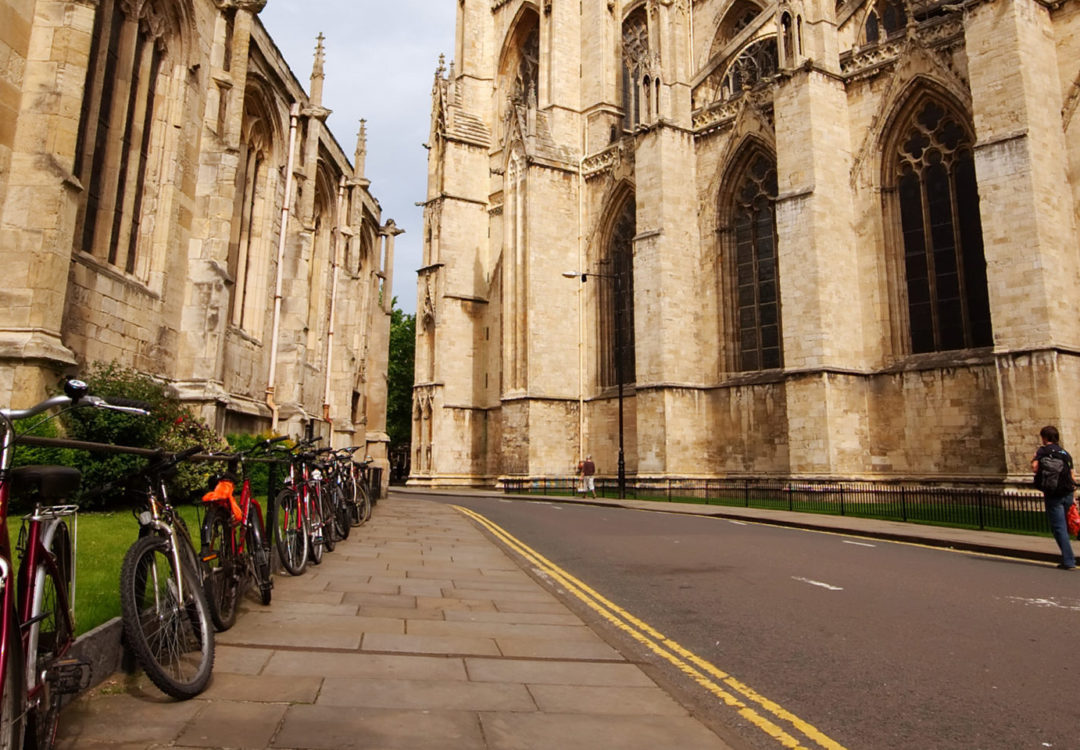Retail Scanner
Barbie: Why do trade marks and licences Mattel?
September 2023
“Humans only have one ending. Ideas live forever.” -Ruth, Barbie Movie (2023).
Whilst ideas themselves can’t be protected under IP, the expression of ideas, technically speaking, can, provided they meet the legal requirements. The expression of these ideas can be protected under four main categories of IP rights, which include patents, designs, trade marks and copyright.
One of the most important and lucrative IP rights for media and entertainment businesses can be trade marks, which act as the ‘face’ of a brand. Usually, trade mark owners will use these rights to build their reputation in a brand and protect it from being infringed by third parties or even becoming diluted. However, they can also be used to generate a source of income via licences. Trade marks are particularly important to brand owners, given that they can be kept ‘alive’ and therefore licensed forever, provided they are continuously renewed.
A trade mark success story that has recently risen to the surface is Mattel’s use of “Barbie”. Mattel, the multinational toy manufacturing and entertainment company, began to use the Barbie mark on toys since 1959. Since then, it expanded its business interests into clothing, stationery, bed sheets, films and TV programmes, to name but a few examples. Merchandising of some products was, of course, done via third parties through IP agreements which refer to Mattel’s trade mark rights in the Barbie name. Through this collaborative use, Mattel has been able to exploit its trade marks and establish a brand that instantly attaches to certain products, and communicates certain information about these products to consumers.
For example, earlier this year, in partnership with Warner Bros. Pictures, Mattel released the movie “Barbie”. In preparation for this, Mattel merchandised Barbie products by licensing out its rights in the mark to third parties such as Zara, the Spanish fashion retailer, to use in relation to fashion, Hasbro, a board game manufacturer, in relation to the board game Monopoly, and Burger King, the fast food franchise, in relation to pink burger sauce and food packaging[1], to name but a few examples. Since the release of the movie and through its licensing collaborations, Mattel’s stock price even rose from US$17.87 to US$21.18 in just one month between 21 June and 21 July 2023. In addition, in the lead up to the movie’s release, Statista identifies that Mattel’s gross sales under the Barbie brand was around US$1.68 billion in 2021 up from around US$1.35 billion in 2020[2]. Whilst it is likely that other factors may have affected this commercial success, Mattel’s exploitation of its trade mark rights and its licensing partnerships have undeniably been a catalyst in the brand’s overall success.
Trade mark licensing and third party use
Trade marks are communicators of information which help to identify that a brand and the associated products or services, belong to a certain commercial entity. If they are used correctly, they can also communicate the luxury and quality associated with a product, or even the ethical or commercial values associated with the business. If they are used incorrectly, they could become challenged on the basis that they have:
- become misleading because the trade marks are used on goods and services which are dissimilar to those protected under the registrations; or
- become generic for certain goods, because lots of businesses have been allowed to use the name without consent, for example, Granola, or Tupperware; or
- not been used for a fixed period of time.
Licence agreements which allow associated third parties to use certain marks, must therefore be carefully drafted in order to ensure that the value and reputation of a trade mark/brand are not damaged nor injured through unlawful use. Mattel’s use and enforcement of its rights since the 1950s is a clear example of how brand owners can collaborate with numerous third parties to curate such reputation and goodwill, and ensure that such reputation and goodwill still vest under Mattel’s ownership.
Examples of trade mark licences and other considerations
Alongside Mattel, there are many businesses that made a stream of revenue via royalties from licences. For example:
- Pokémon – a Japanese media franchise for animation, video games and card games. Examples of licensees include Nintendo for gaming software and Uniqlo for fashion[3]; and
- FIFA – also known as the Fédération Internationale de football association. The FIFA marks had been licenced to EA Sports for use in relation to video games[4].
Licence agreements can also refer to different IP rights. For example, car manufacturers can licence out their design rights in car models, to die-cast toy car model manufacturers.
Furthermore, rights owners can also consider selling their rights on to different businesses for a profit via an assignment or asset purchase agreement. Examples include Roald Dahl and J.K. Rowling’s book titles, for example “Charlie and the Chocolate Factory” and “Harry Potter”, which sold for millions of US Dollars and are now under the ownership of Warner Bros. Entertainment Inc.
A warning to retailers
The Barbie phenomena has to a degree become part of the Zeitgist and many retailers have been keen to leverage interest in the movie for marketing purposes, however, Mattel have been exceedingly successful and indeed one might say forward thinking in the protection of many facets of the ‘Barbie craze’. For example, the ‘Barbiecore’ trend of fashion and clothing items having the same colours and look as the star of the Barbie film is often used by some generically and as a descriptor, however, Mattel registered this term as a trade mark for example in the United Kingdom back in September 2022. An unwary retailer could inadvertently fall foul of Mattel IP rights.
Conclusion
Brand owners can effectively monetise its trade mark rights via licencing and assignment agreements.
The recent Barbie craze is a key example of how important it is for brand owners to explore ways to exploit their trade marks. But this comes at a cost for the owner, who should:
- carefully consider what goods and services it would like to protect at the time of filing, but also within 3-5 years’ time;
- to monitor the licensee’s use, and ensure it is in line with the agreement. It should therefore ensure that the agreement contains all the relevant clauses such as quality control, royalties, termination, delivery times, to name but a few examples;
- consider whether they can protect any other aspect of their brand or products, such as seeking protection in additional forms of IP, such as design rights and patents; and
- consider the countries it wants to expand into and secure a registration and the earliest possible filing date, despite plans not to trade there immediately.
All of the above factors, however, must be considered amongst other aspects, including costs and potential market size.
Overall however, licence agreements, if drafted and monitored correctly, allow brand owners to generate a stream of revenue, increase market exposure and brand recognition, and work with businesses that specialise in certain goods and services which may have not been familiar or accessible to them. They are beneficial for brand owners looking to expand their commercial activities elsewhere.
[1] https://www.licenseglobal.com/movies/mattel-announces-licensing-partnerships-ahead-of-barbie-film-
[2] https://www.statista.com/statistics/370361/gross-sales-of-mattel-s-barbie-brand/
[3] http://www.brand-licensing.com/License.aspx?Lic=54&IzmLang=9&
[4] https://www.ign.com/articles/ea-sports-fc-fifa-split-reasons
This article was prepared by Trade Mark Attorney Cherry Shin





























